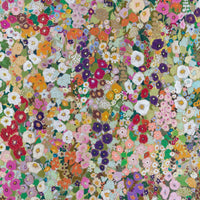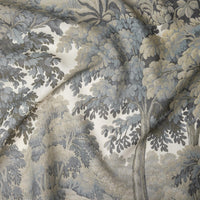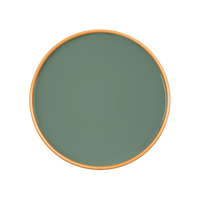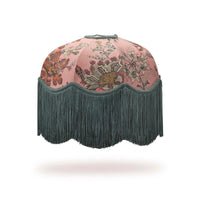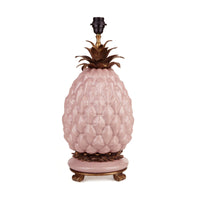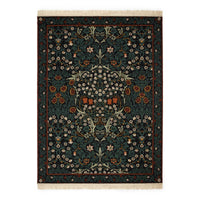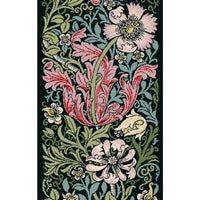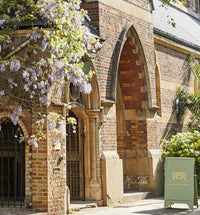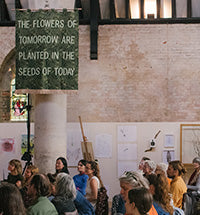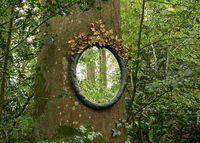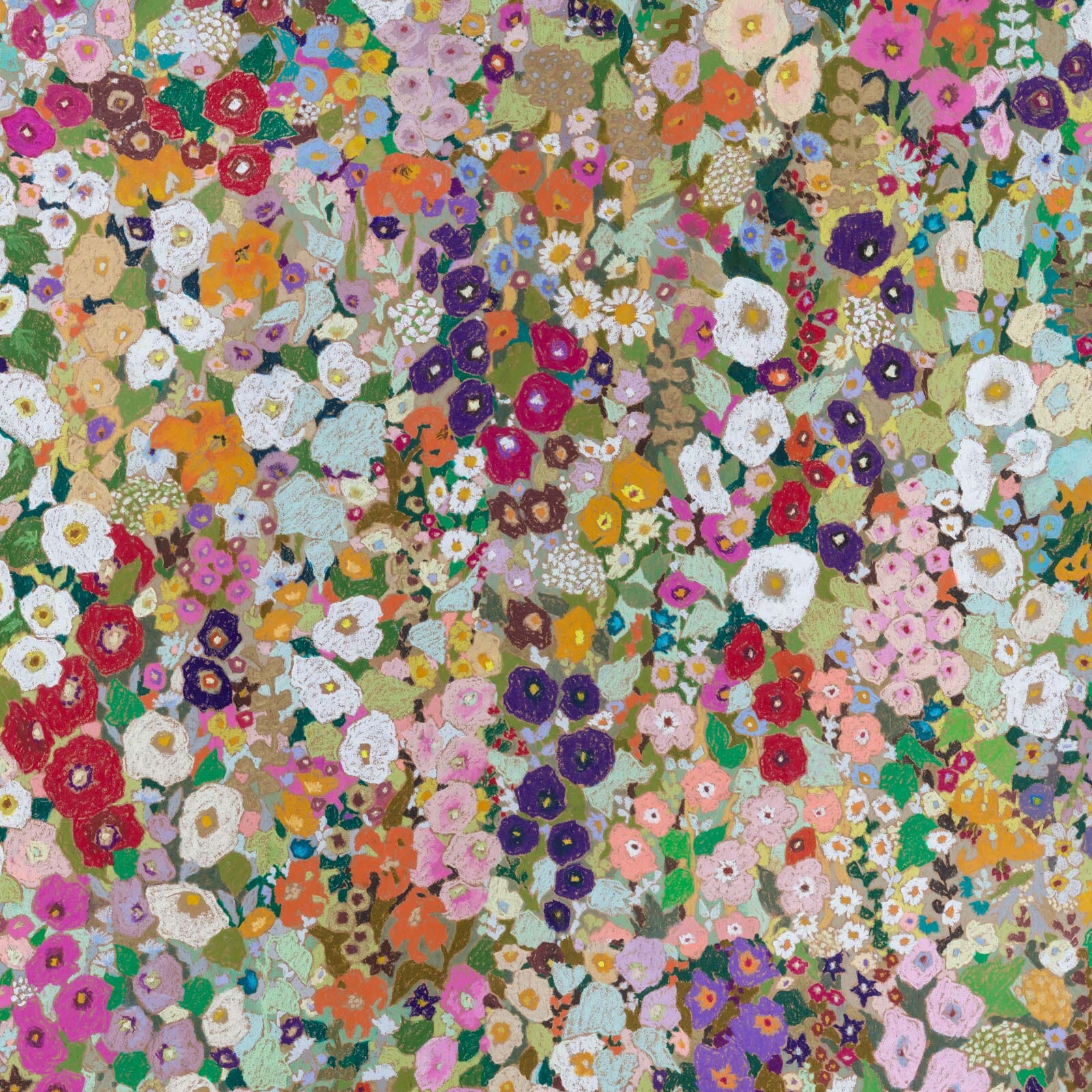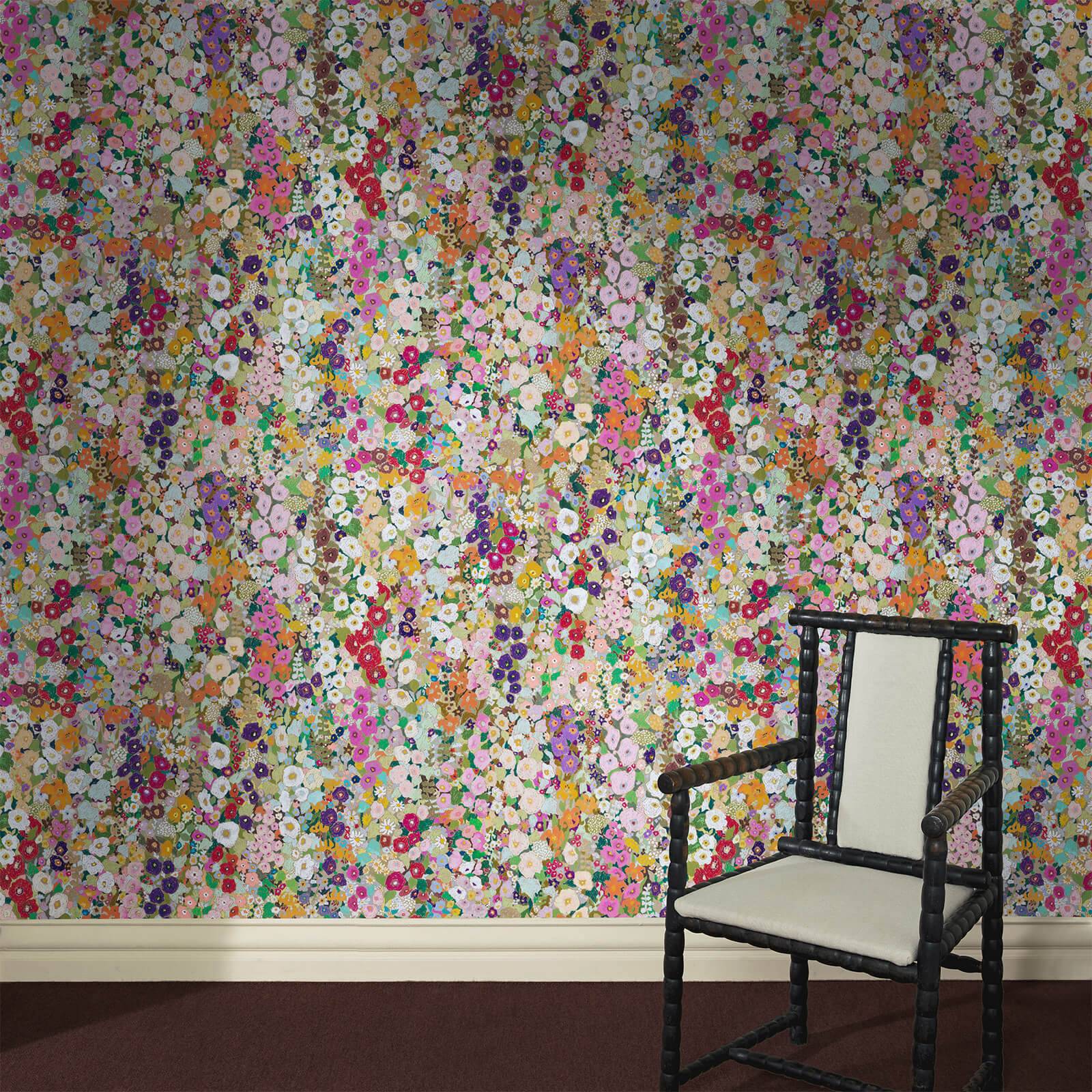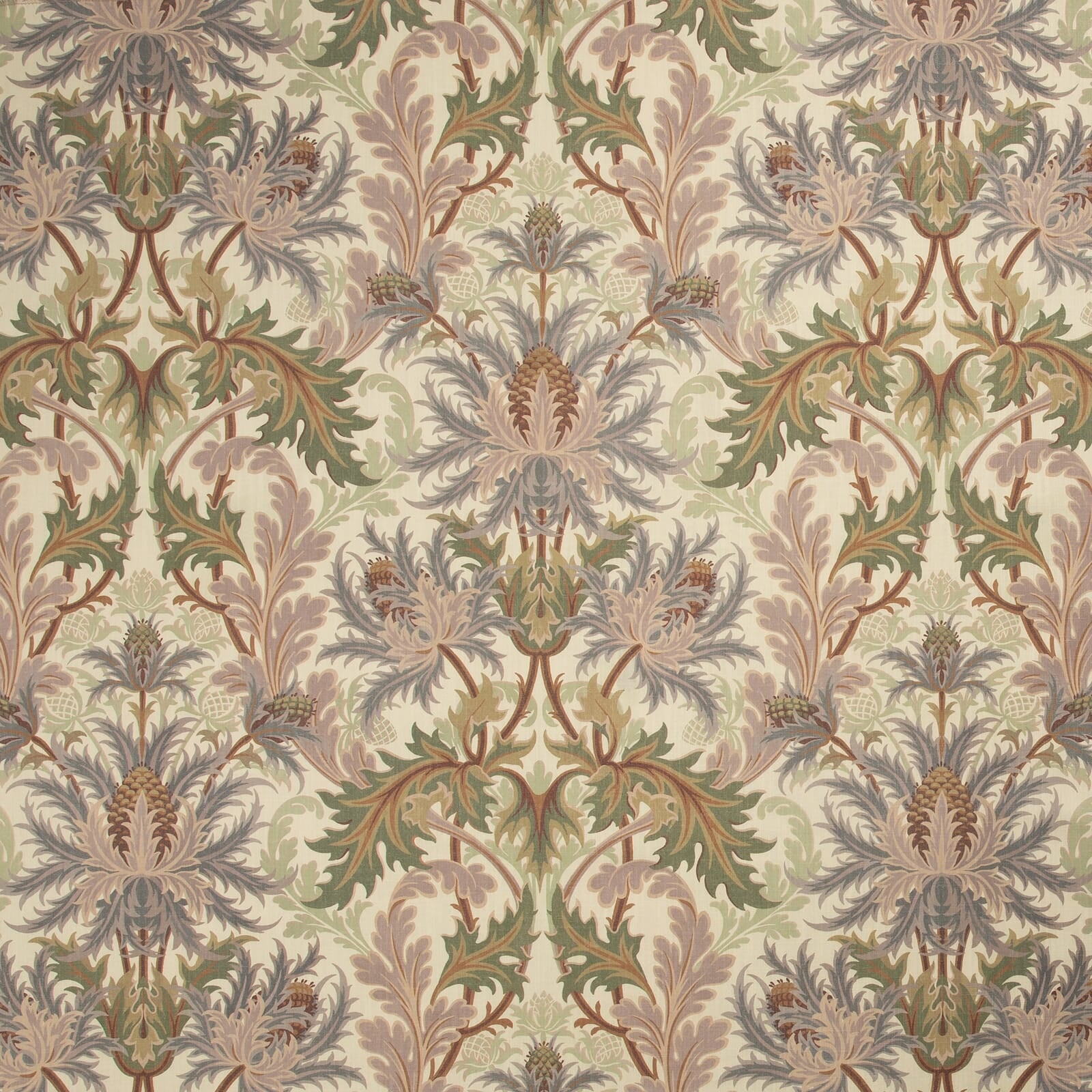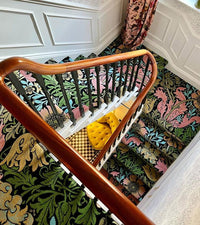1/3
HOW TO HANG WALLPAPER
1. Roll out each sheet and cut to the 2m or 3m drop mark, then arrange the rolls in order (the sheets are numbered #1 to #4, so you’ll know which is which).
2. Using a plumb line, mark a point 40cm in from the far left of the wall (allowing for a 5cm overhang onto the adjacent wall) and draw a vertical straight line with the help of a wallpaper edge cutter.
3. Next, we recommend painting rough stripes on the walls at 45cm intervals, using emulsion paint in a hue that matches the base colour of the wallpaper. Ensuring that if any wallpaper shrinkage occurs, it won’t be visible.
Trade Tip: For sockets and switches, start by unscrewing and removing the outer casing. Apply the sheet of wallpaper as normal and let it hang over the socket area.
Next, use a knife to slice a cross-shaped opening, diagonally from corner to corner across the socket area, then cut away the excess. Smooth the paper down with a brush or sponge before reattaching the front cover of the socket.







